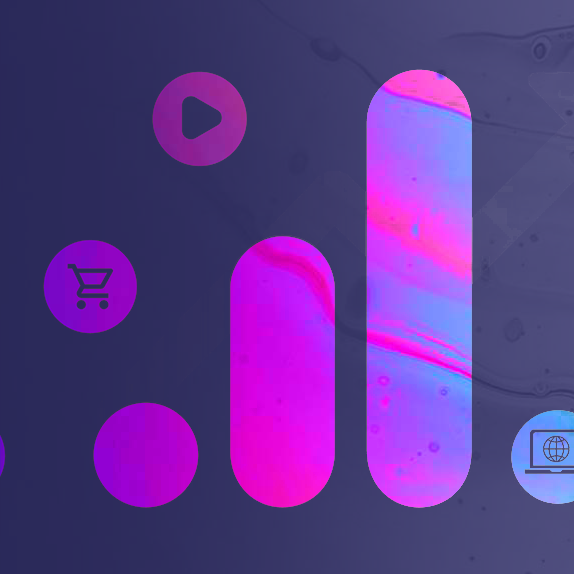The Ultimate YouTube Advertising Guide
BY THE NUMBERS YouTube is one of the largest search engines, second only to its…

If your concerned about anything mentioned above and would like help implementing your new GA4 container, setting up events on your site, and immersing yourself into the interface, set up a consultation with Oodle and we’ll help you get things sorted out!
Google is ending support of UA on July 1, 2023 in favor of their new next-generation GA4 platform. If you use website analytics in any capacity, you’ve probably heard of this. But what does it mean and are you ready for it?
Google is ending support of its current analytics platform, Universal Analytics (commonly called UA or just “Google Analytics”). The platform is being replaced with the new and improved Google Analytics 4 (usually called GA4), their next-generation analytics platform.
Google Analytics, more specifically Universal Analytics, has long been the choice tool for marketers to understand user behavior on their sites. Though it has always been powerful and insightful, it also has its weaknesses. As marketing, web design, and customer experience have changed, reporting and measurement have shifted to focus on engagement data over session data.
GA4 is the next generation of Google Analytics, and it offers many new features that can help us gain deeper insights into our website visitors and improve our online marketing efforts. Some of these features include:
The old way of understanding and reporting on user behavior focused on sessions. Session data looked at a user’s page-by-page interactivity with the site. UA even defines a bounce as a user session with only interaction on only one page (and bounce rate as a function of 1-page user sessions over all sessions).
GA4 aims to shift our focus from session-level data to engagement data. Simply put engagement data focuses on how the user interacts with the site. Examples include time on site, how far they scroll down the page, did they click on any interactive buttons. much less about the page-by-page.
So going forward, look to focus on engagement rate as a key metric and phase out bounce rate from your reporting glossary. This opens up a much deeper range of analytics–think of examples like when a user visits an information-rich landing page, submits a contact form, and then leaves. UA would have called the session a bounce (with some development-heavy exceptions), GA4 will report on more meaningful data like time on page, scroll distance, and the form submission itself.
This is where it gets interesting. While support for UA ends on July 1, 2023, we HIGHLY recommend you transition beforehand. Transitioning in advance is important because it populates the new platform with a statistically significant amount of data in advance of the transition.
The most urgent consequence this has for most marketers is the mandatory switch that has to happen sometime before July 1. As of March, Google created a GA4 property for all users who hadn’t already, but that container and tag still needs to be installed on the site.
Detailed steps to implement GA4 include:
Implementing the new GA4 property sooner rather than later also means that data will start pouring into the interface with a longer runway. This means not only that you will still be able to see statistically significant trends and insights, but with GA4’s new machine learning and AI-driven insights, you’ll start receiving automatic insights sooner.
One thing we’ve seen frequently even after client partners have transitioned to GA4 is the tendency to revert back to UA for reporting. The GA4 interface is markedly different from the UA interface. While the two tools still essentially answer the same essential reporting questions, the data is organized differently in GA4. The sooner you start playing with the tools and interface, the better! We’ve included Google’s interface overview below under helpful resources.
As mentioned above, GA4 shifts away from session-based data to engagement-based data. That means that you will be able to view engagement across multiple properties (like web and mobile apps) much more easily. Some data like bounces and bounce rate, however, go away. In our experience, many marketers have long used bounce rate as a metric to indicate the relevance of content and traffic coming to the site or a page on the site.
Overall, the shift away from bounce rate may be frustrating for some users, but actually enhances our ability to measure the most important metrics surrounding user engagement. Another example: A single-page scrolling website, or a website that only has one page with all site information spread throughout one long page. Standard session-based tracking would show visits as bounces, whereas with GA4 we can track what sections of the page the user visited, what elements they interacted with, how far they scrolled, and more!
Don’t worry–we’ve got your back! If you’re concerned about anything mentioned above and would like help implementing your new GA4 container, setting up events on your site, and immersing yourself into the interface, set up a consultation with Oodle and we’ll help you get things sorted out!
Google Analytics GA4 transition help page